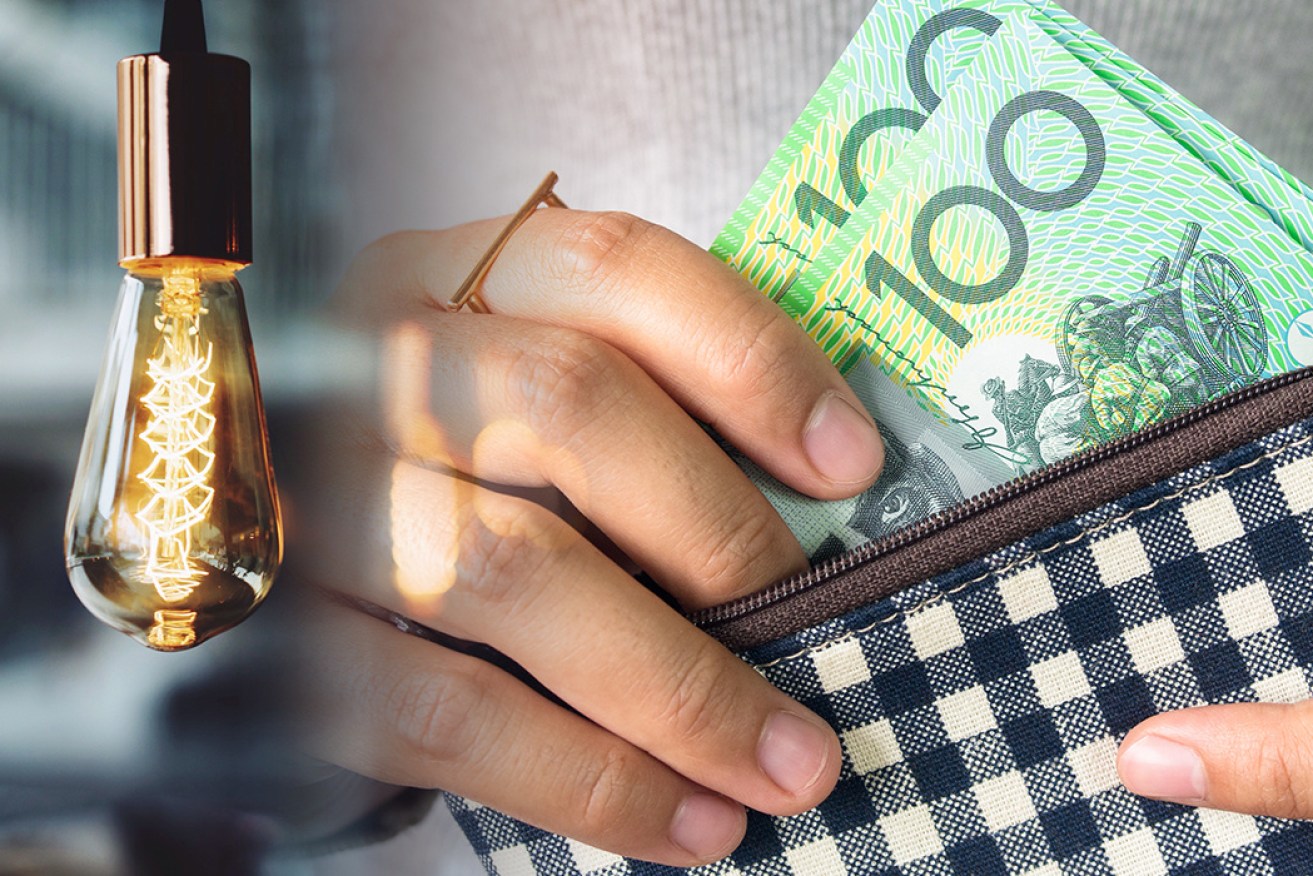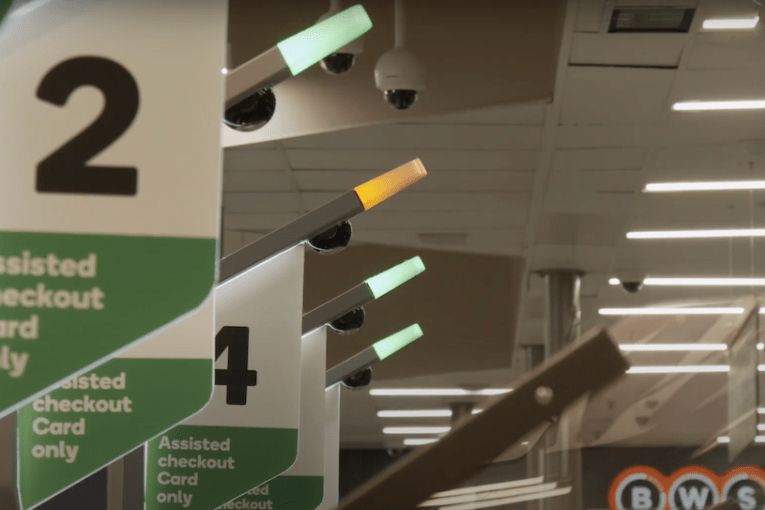Energy providers offer payment relief for struggling households


Energy providers promise not to disconnect households who cannot pay their bills. Photo: TND
Australia’s major energy providers have joined the nation’s banks in offering payment relief to households struggling to pay their utility bills.
The 23 energy retailers represented by the Australian Energy Council ruled out disconnecting those who cannot pay their bills and said they would waive late payment fees for customers in hardship programs.
The council said its retailers would also support struggling households by offering grants and concessions, payment extensions, advice on how to manage bills, and bill smoothing to “help customers avoid large bills”.
“For impacted residential customers who cannot pay their bills as they fall due, retailers will ensure there are no barriers to entering hardship programs, and ensure long-term assistance is readily available on request,” the council said.
“Impacted customers receiving hardship assistance will not be disconnected if they are unable to afford their energy bills.”
The council also said it would pause “any external debt collection and bankruptcy proceedings” for customers in financial hardship programs and roll out additional support measures if the situation required it.
Its statement comes after the major banks offered to defer for six months home loan repayments for people suffering financial hardship.
RateCity director of research Sally Tindall said the banks efforts would “make a real difference” to struggling households.
“The mortgage is typically the biggest single expense in the family budget,” she told The New Daily at the time.
“This will give families some much-needed breathing space at a time when they are likely to need it most.”
The Australian Banking Association also announced on Friday the nation’s banks would offer six-month repayment holidays to small businesses affected by the pandemic – a move chief executive Anna Bligh said would put back $8 billion into the pockets of struggling companies.
The injection of cash was in part enabled by the Reserve Bank’s creation of a $90 billion funding facility for banks to on-lend cheap credit to affected small and medium-sized businesses.
The central bank announced the new term funding facility when it slashed interest rates to a record low of 0.25 per cent on March 19.
At the same meeting, the RBA also announced it would start quantitative easing (QE) for the first time in its history.
By starting QE, the RBA hopes to drive down borrowing rates and encourage banks to lend to families and households.
In partnership with the RBA’s announcement, the federal government later announced a second tranche of support measures aimed at cushioning the blow of the virus for casual workers, sole traders, retirees and those on income support.
Treasurer Josh Frydenberg said the measures, which totalled $66 billion, would “provide hope and support for millions of Australians at a time when they need it most”.
He said the government was prepared to do whatever it takes to support the economy and would scale up its policies when required.








